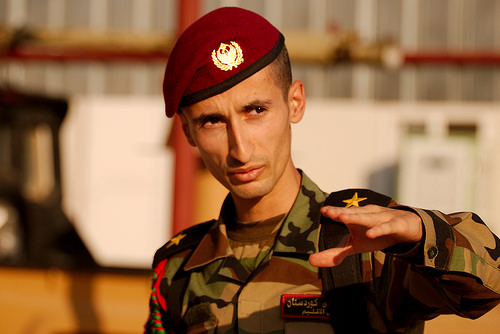
(Photo: Enno Lenze/flickr)
by David Parmer
News reports on 18 August 2014 report that Iraqi special forces together with Kurdish peshmerga and supported by U.S. and Iraqi air power have taken back the Mosul Dam from IS (Islamic State) fighters. The Mosul dam, located on the Tigris river, is a key objective in the fight with IS forces, as it supplies electric power to northern Iraq and its destruction would cause flooding and devastation to most of the country.
The question is, who are these peshmerga, and how do they fit into the puzzle that is the ever-changing face of the early 21st century middle east?
The peshmerga (“those who face death”) who have a reputation as fierce and disciplined fighters, are the soldiers of Iraqi Kurdistan. The Kurdish people (numbering around 25 million) have no independent homeland, but are scattered around the region from Iraq and Iran to Turkey and Syria. While organized Kurdish military have existed since the sundown of the Ottoman empire, it was not until December 1945 when Mustafa Barzani created the short-lived Mahabad Republic that the peshmerga came into being. These forces fought in the Kurd-Iraq war and in the rebellion against the central government. Finally in a Kurdish civil war the KDP, Kurdish Democratic Party fought with the PUK, Party for United Kurdistan until a U.S. brokered peace deal was put in place. During the U.S. Invasion of Iraq there was U.S.-Kurdish cooperation, and in 2003, the peshmerga joined U.S. Special Forces in defeating Saddam Hussein.
After Saddam’s downfall the Kurds were granted a semi-independent region in the new Iraq. The peshmerga remained intact under the new government, and continued to have a reputation for being an effective military force. Then in 2014, in a spillover from the Syrian war, ISIS, or the Islamic State as it is now called, started to seize territory in northern Iraq in a effort to establish an Islamic caliphate. Initially, IS forces were thought to be headed for Bagdad, but they attacked north instead taking territory and routing the Iraqi army, seizing abandoned heavy weapons and armor at the same time.
In August 2014 the peshmerga were pushed back, and it looked like key Kurdish territory would fall to the IS offensive. The U.S. acted relatively quickly. On 8 August 2014 President Obama ordered bombing of IS positions and targets and promised military support.
Numbers of us military personnel have been increased, and there are now an estimated 1,000 U.S. troops involved.
There was general surprise that the peshmerga had been pushed back so soundly by IS. Retreating in itself is not the end in warfare: commanders from George Washington to Mao Zedong have had to retreat time and again, and gone on to ultimate victory. But the temporary defeat seems to have tarnished the reputation of the peshmerga and given a wake-up call to all concerned.
In the August 2014 war, the peshmerga had to face battle-hardened IS forces, that were tough, committed and confident. The peshmerga were skilled in guerrilla warfare, but they faced the newly heavily-armed IS forces who fought a new type of semi-conventional fight. IS forces simply overwhelmed them.
In a blog post for the Washington Institute, Michael Knights cites several reasons for the poor Kurdish performance.
- Poor positioning of forces
- Kurd rivalry
- Alienation of Sunni tribes
- Inexperienced troops
- Shortages of equipment and logistics
The upshot of the August action has been commitments from several nations to support the peshmerga. These include the U.S., and Britain, with reports of Iranian involvement as well. The peshmerga have, and are to receive weapons and logistical support as well as air support and intelligence.
The support seems to be working, and in the first major action, Iraqi and Kurdish forces have moved on the Mosul dam and driven out IS fighters. So for the present it looks like the Kurds will be the surrogates of many parties interested in seeing IS stopped, and will get all the support they need. The concern in the west is that a resurgent Kurdish military will further fuel hopes for an independent Kurdish homeland. But for the time being, in northern Iraq, the peshmerga are the only game in town.
Willing to face death: A history of Kurdish military forces
http://diginole.lib.fsu.edu/cgi/viewcontent.cgi?article=3203&context=etd
What Iraq’s Kurdish Peshmerga Really Need
http://www.washingtoninstitute.org/policy-analysis/view/what-iraqs-kurdish-peshmerga-really-need
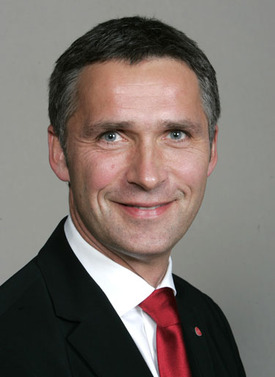
 日本語
日本語 English
English 中国語
中国語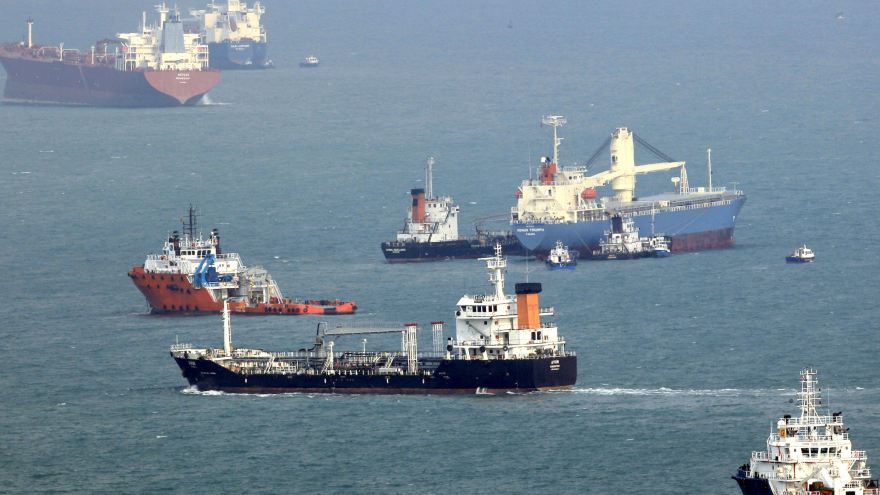 Strait of Mallaca (Photo: Maritime Trade Intelligence)
Strait of Mallaca (Photo: Maritime Trade Intelligence)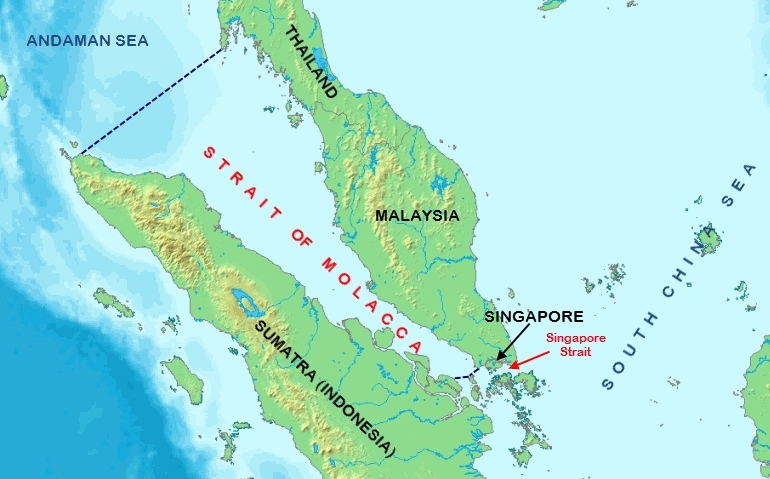
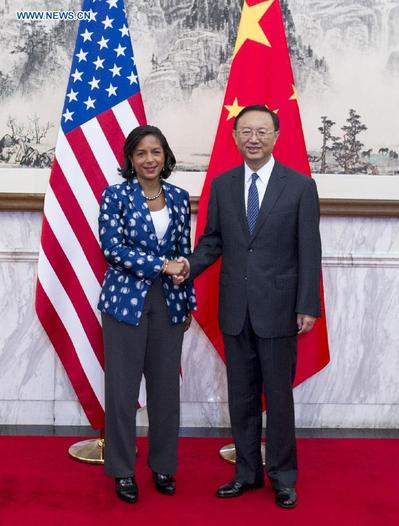
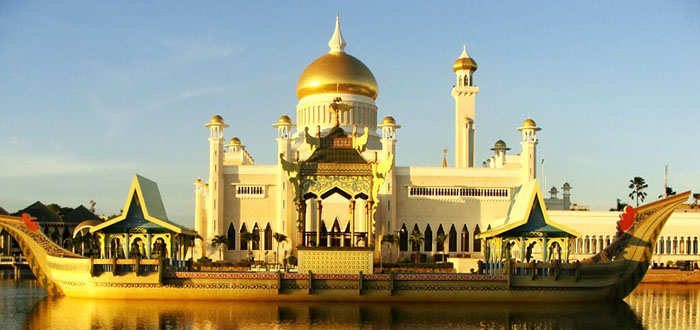
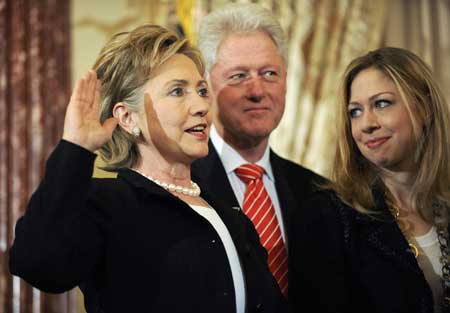

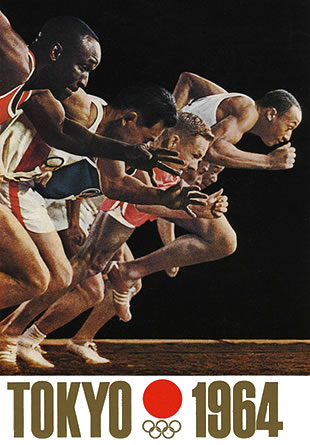 50 years–If you are young it is forever, if you are old, it’s just last week.
50 years–If you are young it is forever, if you are old, it’s just last week.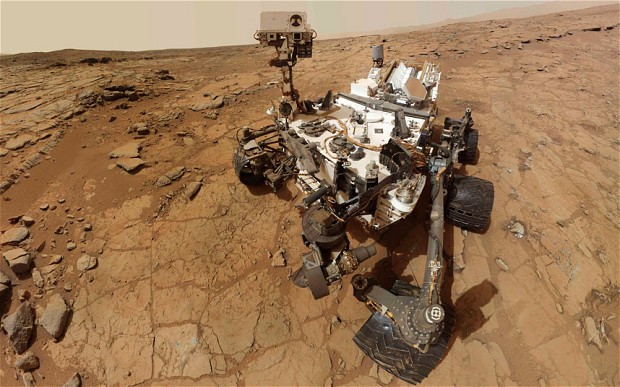 Mars Curiosity Rover (Photo:NASA)
Mars Curiosity Rover (Photo:NASA) (Photo: China Daily)
(Photo: China Daily)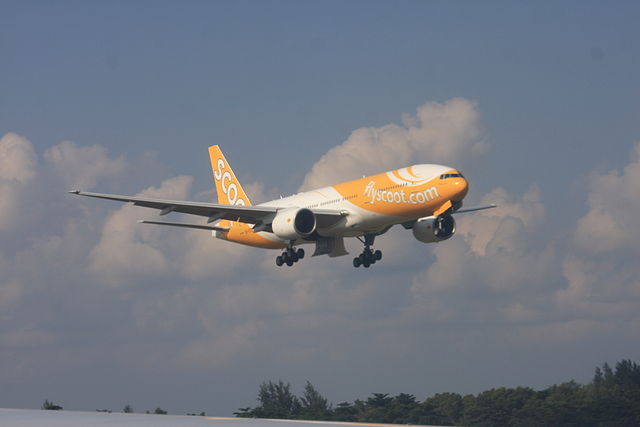 LCC Scoot Air Boeing 777-212 ER (Wikimedia)
LCC Scoot Air Boeing 777-212 ER (Wikimedia)